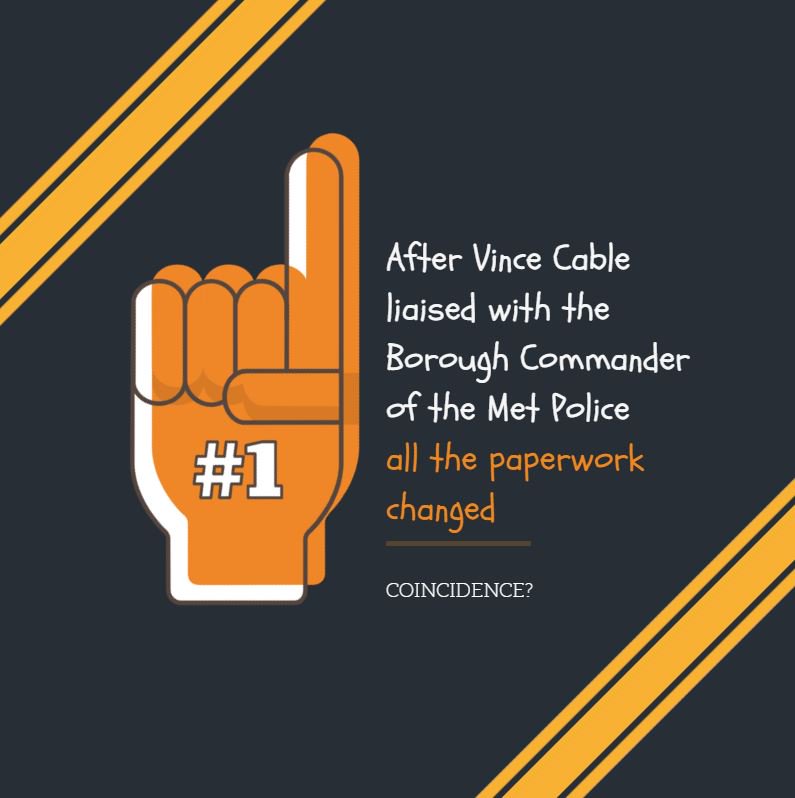The tricky piece here is that the journalism story is also a digital advertising/economics of the web story. For brevity's sake, I've put them on separate throughlines.
(1/x)
"it is likely that what we now understand as the mass media will be gone within ten years. Vanished, without a trace."
So Crichton isn't talking about how "everyone is a journalist now."
(3/x)
No, no it isn't. The media's product is storytelling. It's narrative.
(5/x)
(6/x)
The broadcast news industry was going to be replaced by an Internet of comprehensive and factually accurate information. (7/x)
"The Net is opening up new terrain in our collective consciousness, btwn old-fashioned 'news' and what used to be called the grapevine... (contd)" (8/x)
Dowe is writing about the fake news problem in 1997!
There are 2 big differences between then and now, though. (9)
The two major differences that stand out are (1) Scale and (2) Money. (They are, of course, hopelessly intertwined.) (10/x)
(11/x)
Fake news in the 90s was a hobby; today it is a career.
The fake news problem on today's internet is not new, but it IS different.
(13/x)
(Again, this is because the future-of-news story is also an economics-of-advertising story.) (14/x)
"Denton is making a splash that's seriously rattling the media hierarchy."
(15/x)

(16/x)
Blogging has become a form of/a challenge to, industrial journalism. (17)
Pro-Am journalism has arrived, mixing read contributions and blogs with professional reporting.
Check out Daniel Roth's "The Answer Factory." wired.com/2009/10/ff_dem…
(20/x)
Demand Media looked, for awhile, like the bleak future of journalism: "Fast, disposable, and profitable as hell."
(side note: I discuss the rise and fall of Demand Media in ch 4 of Analytic Activism)
That was a real threat. Then Google fiddled with its algorithms. (22/x)
(24/x)
And, by reading through the years, we can better see which parts of today's journalism crises are load-bearing.
(that's it. Thanks for reading. More throughlines tomorrow.)














